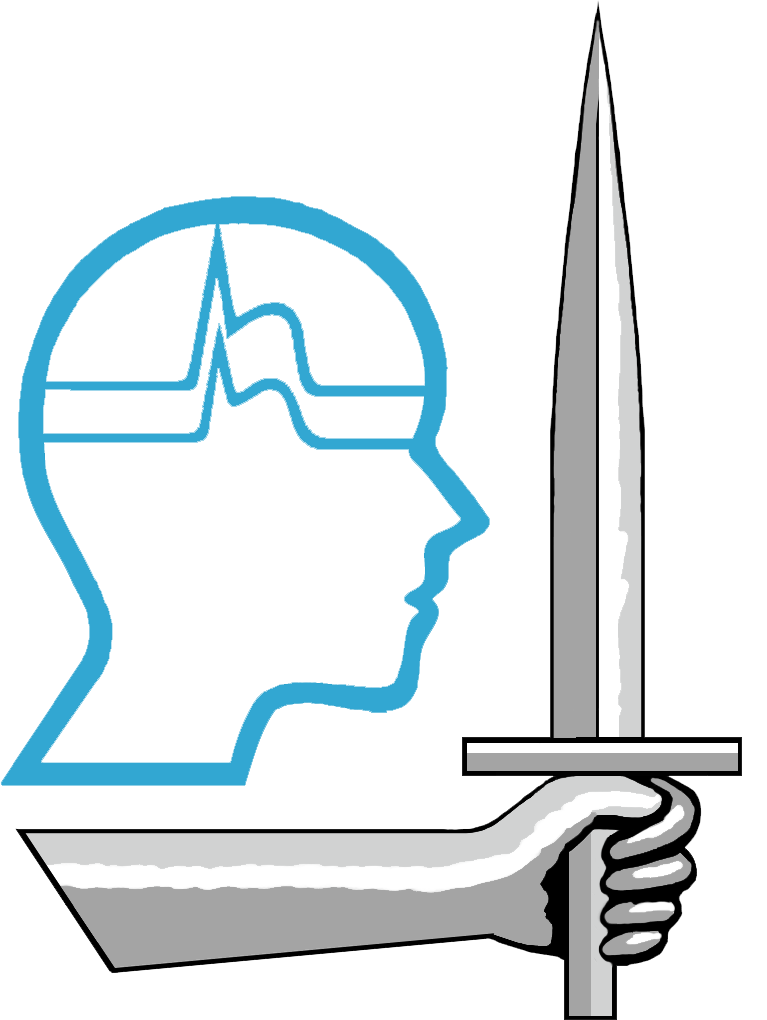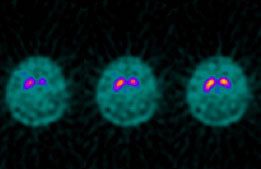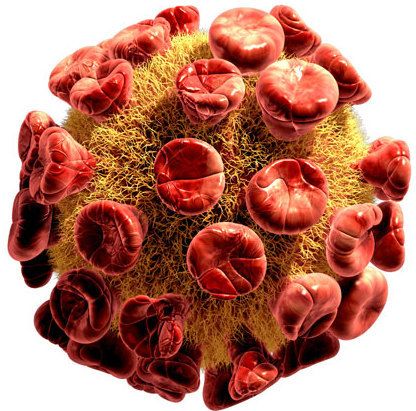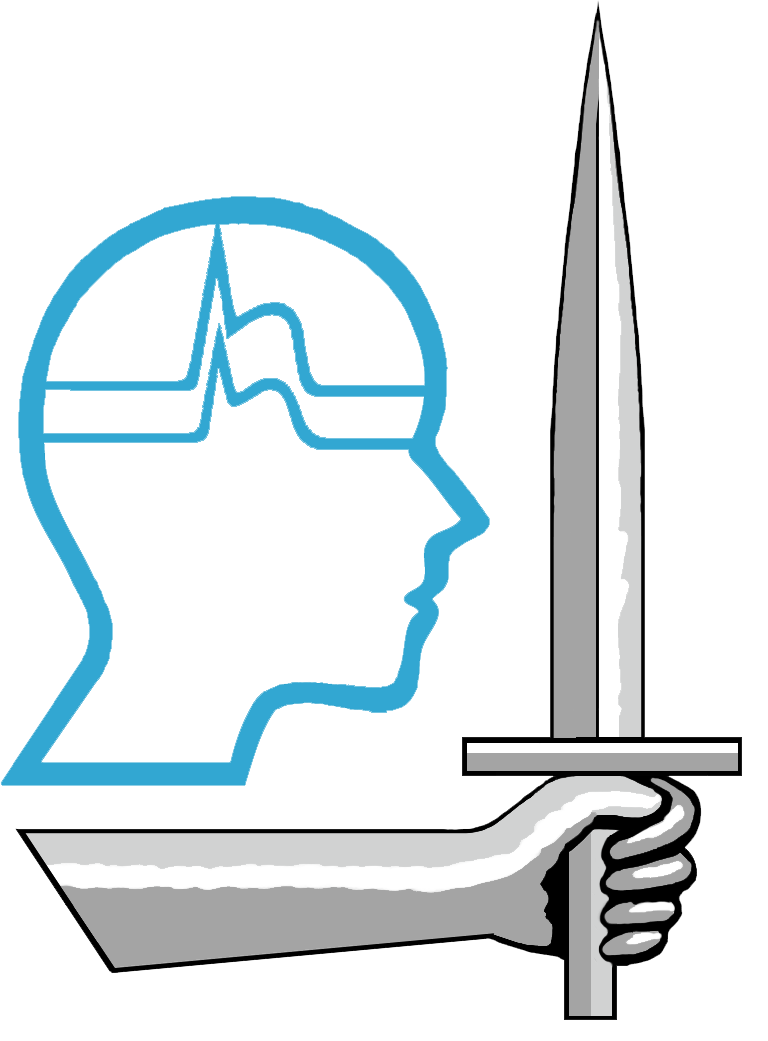PARKINSONS DIsease
BRIDGE THE GAP TO YOUR DIAGNOSIS AND MANAGEMENT
Parkinson's, Tremor and Movement Disorders
Tremor is the most common disorder of movement. For many patients a new tremor can be worrying because the first thought is often “Is it Parkinson's disease?”
Tremors occur at rest, when doing things with the hands, or just holding the arms out. The occurrence of tremor in different positions and other assessment by a neurologist allow refinement of the diagnosis.
The most common tremor disorder is Essential Tremor, which often occurs in families (25%). It is usually easy to differentiate from Parkinson’s tremor, and that may help guide treatment. However, not all tremor needs treatment.
Many other tremor disorders exist and different treatments are available, most of which involve oral medication. Novel treatments such as Botox/Botulinum toxin injection can help. More advanced treatment including deep brain stimulation can also help tremor a lot if refractory to oral/injection treatments.
Parkinson’s disease is usually sporadic. Its incidence increases with age. There is rarely any genetic component, although genetics are often cited, because the few families with genetic forms have allowed a greater understanding of the biology of Parkinson's disease. Genes that are common in the few genetically identifiable cases include Parkin and LRRK2. Genetic testing may have implications on families that your neurologist or a clinical geneticist would discuss with you.
Parkinson's disease diagnosis requires symptoms to be present for several years without evidence of any other disease becoming apparent. In practice, one year of progression is sufficient. If you have Parkinson's disease, you are required to inform the DVLA, although most patients will be allowed to continue driving if they are not falling asleep uncontrollably, have their mental faculties, and have good movement function.
Typical forms of Parkinson's such as progressive supranuclear palsy and multiple system atrophy are usually considered at the time of evaluation by a neurologist.
Other disorders of movement that are seen by a neurologist include:
- Dystonia (e.g. Torticollis)
- Ataxia (all causes)
- Hemifacial spasm
- Huntington’s disease
- Periodic Limb Movements of Sleep
- Restless Legs Syndrome
- Wilson’s disease







